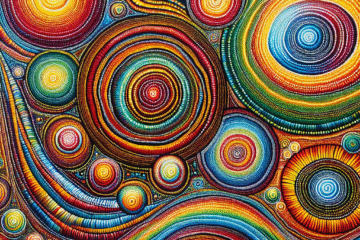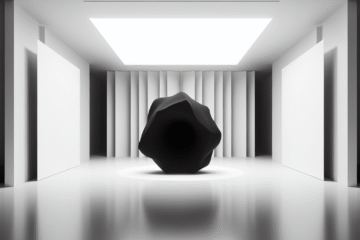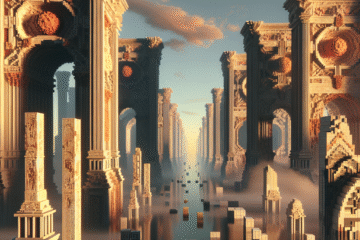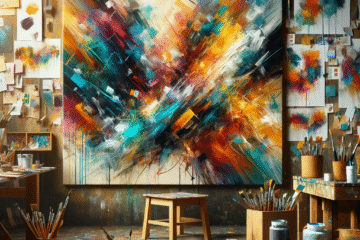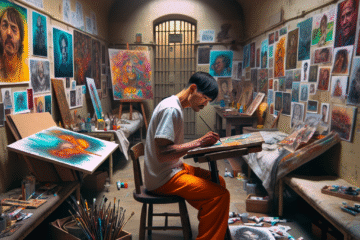Painting with Light: Indigenous Australian Art’s Dialogue with Optical Physics
Image title: The Birth of the Virgin Medium: Tempera and oil on wood Date: 1467 Source: The Met Collection “ With every experience, you alone are painting your own canvas, thought by thought, choice by choice. ” — Oprah Winfrey Painting with Light: Indigenous Australian Art’s Dialogue with Optical Physics Introduction: Light, Land, and Legacy At first glance, the intricate patterns of Indigenous Australian dot painting might appear abstract or decorative. But peer Read more…
